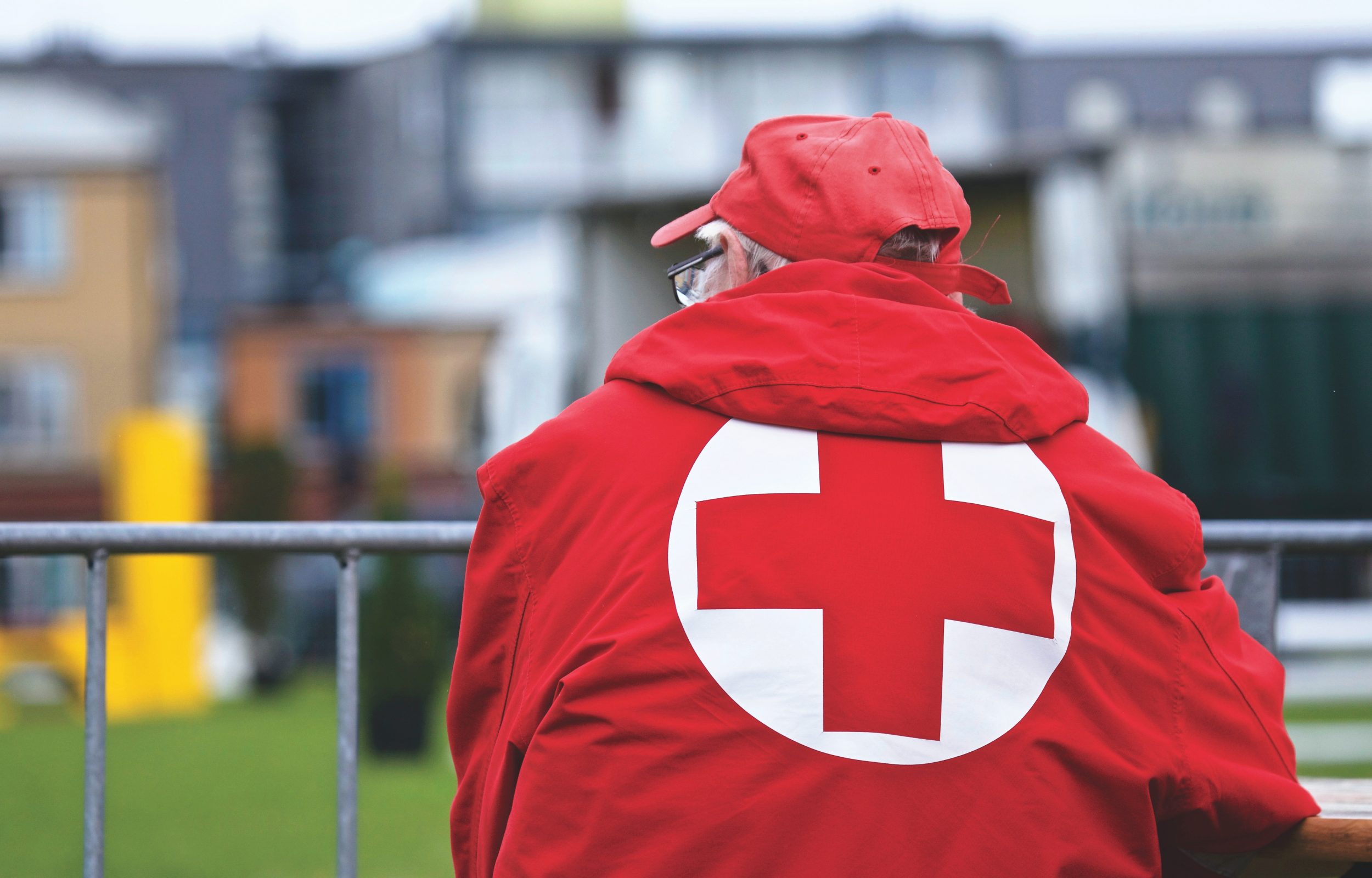What's in this podcast?
In this podcast, Jason Foster speaks to Christian Koblmiller, Chief Data Officer at the International Committee of the Red Cross. They cover the different intricacies of collecting and analysing data in the humanitarian sector, and the impact it can have.
When we talk about data, we often think of big tech companies such as Google and Facebook. But there is a growing trend for all organisations to start collecting and using data. Humanitarian organisations rely heavily on data to make major decisions when responding to humanitarian support and disaster relief.
Listen to this episode on Spotify, iTunes, and Stitcher. You can also catch up on the previous episodes of the Hub & Spoken podcast when you subscribe.
What are your thoughts on this topic? We’d love to hear from you; join the #HubandSpoken discussion and let us know on Twitter and LinkedIn.
For more on data, take a look at the webinars and events that we have lined up for you.
One Big Message
In international organisations, you may need to rely on outside sources to help gather and analyse data. Keeping lines of communication with who you are working with has life-saving potential, particularly for those who are giving sensitive information in crisis situations.
[04:25] How Christian became CDO and his role at the International Committee of the Red Cross
[06:25] What the Digital Transformation department does, and how they integrate data
[09:20] Capturing data in conflict zones and areas of need
[12:08] Challenges around data in the humanitarian sector
[15:30] The different layers of implementing data into an organisation
[21:30] How changing your perspective on the role of data within an organisation can help you create a well-rounded data strategy
[26:30] Using external sources for data and sharing information to improve
[30:10] The keys areas of opportunity for data with the Red Cross
The role of data in areas of crisis
The role of data in areas of crisis is a new and largely unexplored area. The use of this type of data helps aid workers respond faster with vital resources at times when food, water, shelter or medical assistance is needed most. Data can also be used to gain insight about an area, its population, and the current situation so relief efforts can be planned.
Capturing data for humanitarian use
In recent years, the use of data collection has been a prominent part of humanitarian response. In particular, there has been an increased focus on collecting information about those affected by the crisis as well as the context in which they live. This is often referred to as “contextualised” or “baseline” data and it helps organisations understand how people are living before a crisis occurs.
By understanding how things were working before a crisis occurred, responders can better address needs – both during and after – a disaster strikes.
The types of questions addressed might include:
- What was life like before?
- How did people make money?
- Where did they go for healthcare?
- What types of crops do they grow?
These contextual questions help us better understand what happens when something goes wrong.
Implementing a data strategy in an organisation that isn’t data native
Implementation of data in an organisation that isn’t data native requires a lot of change; not just in systems but in culture and in accepting data as a valuable asset. A lot of organisations that aren’t “data-native” don’t typically view data as a strategic asset, but if they want to stay current and support others optimally, it’s important that they do.
Data can help organisations become more agile in the marketplace by allowing them to make better decisions faster than before. Data strategy is so crucial for success, especially in the humanitarian sector where decisions need to be made swiftly. Having access to the right information at the right time can be life-changing for those in war torn areas or places that have been ravaged by natural disaster.
Sharing life-saving data with external organisations
When it comes to humanitarian projects there is inevitably a large amount of sensitive data that can be hard, and almost dangerous to access. That is why other organisations often network with external agencies to collect data. Coming up with an initial strategy is key to correctly acquiring important data and ensuring that it is kept safe.
While sharing data with external agencies can be as simple as manually sharing spreadsheets, there still needs to be detailed reporting and communication. Failure to document correctly can result in errors and possibly leave an organisation open to judicial scrutiny even if it is for a worthy cause.
To summarise
Data is one of the most important aspects of managing relief efforts including planning, allocating resources and fundraising. For example, knowing how many people are living on little or no water helps determine if there should be more wells drilled or less food distributed at certain points in time. This data is also critical in anticipating an area’s needs so that correct preventative relief can be provided.
Even though most humanitarian organisations are not data-native, the importance of data in the humanitarian sector will only increase as more people on the planet access it for aid, education, and emergency response.




